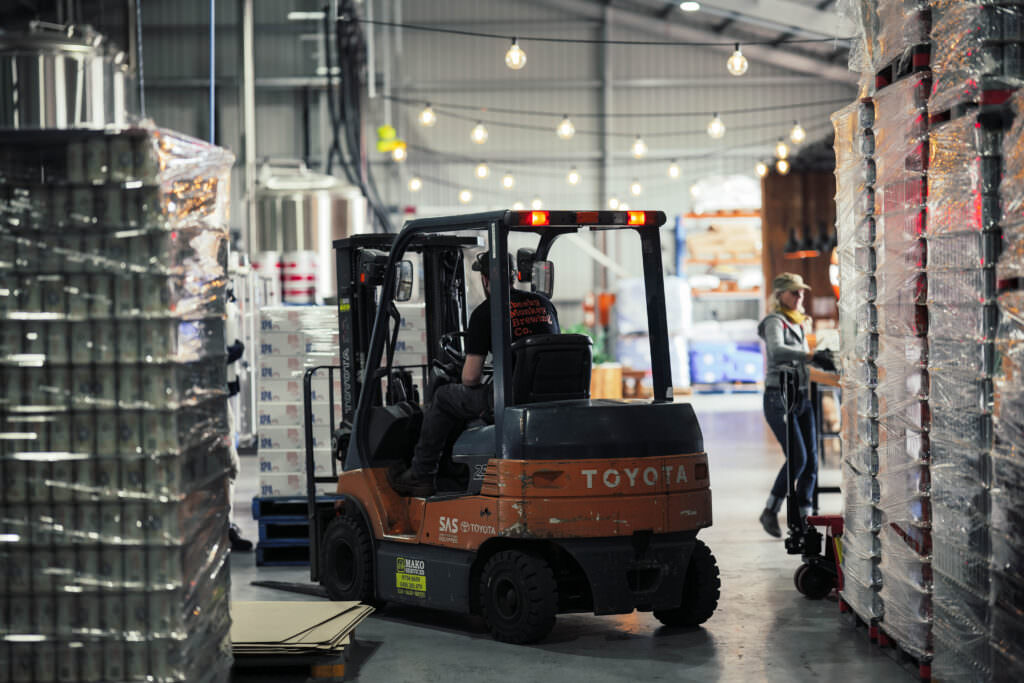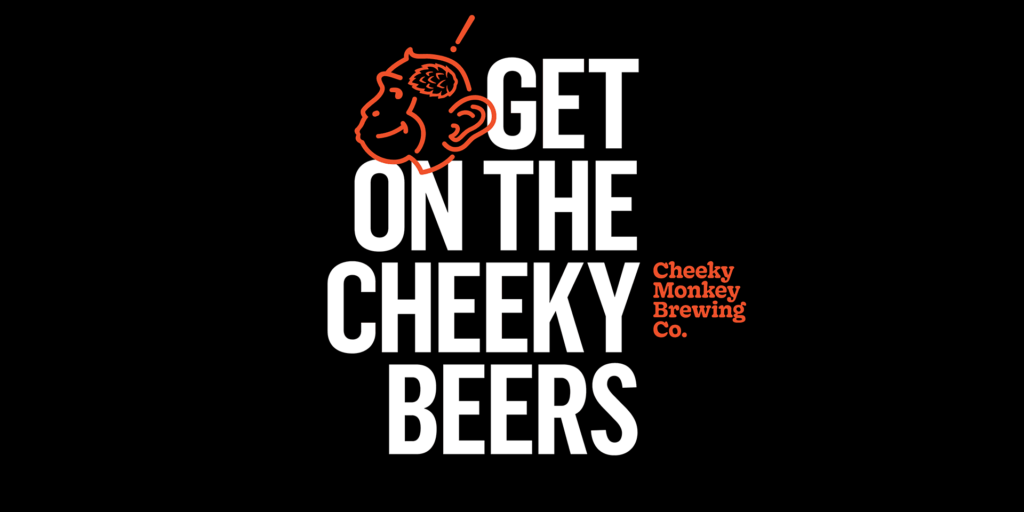Beer Education
The Science of Beer: The Key to Cheeky Monkey’s Brews
Table of Contents
Introduction
Cheeky Monkey Brewing Co. is famous for its diverse beer offerings, from crisp lagers to hoppy IPAs, each with a unique flavour profile. But what’s the secret to their distinctive taste? The answer lies in the captivating world of fermentation and yeast, the dynamic duo behind Cheeky Monkey’s brews.
Fermentation’s Vital Role

At the heart of beer production is fermentation, the process where yeast transforms sugary wort into beer. Without fermentation, your glass would hold a mere sweet malted drink. This magical process doesn’t just create alcohol; it imparts a rich tapestry of flavours and aromas, differentiating one beer style from another.
During fermentation, yeast consumes wort sugars, converting them into alcohol and carbon dioxide through glycolysis. This metabolic dance generates energy for yeast cells, enabling them to multiply while producing a spectrum of byproducts, including esters, phenols, and acids, which add character to the beer.
The Role of Yeast

Yeast, the microscopic fungus responsible for the transformation, plays a pivotal role. Brewers meticulously select yeast strains to craft the desired flavour and characteristics of their brews. Two main types of yeast, ale yeast, and lager yeast are used, each contributing distinct attributes.
Ale yeast, also known as Saccharomyces cerevisiae, ferments at warmer temperatures (15-24°C), giving rise to fruity esters and spiciness. Lager yeast, or Saccharomyces pastorianus, ferments at colder temperatures (7-13°C), yielding a clean and crisp profile. Specialized strains like Belgian and wild yeast introduce unique flavours, making the yeast selection a pivotal decision for brewers.
The Fermentation Process

The fermentation journey consists of several stages:
- Pitching: Yeast is introduced to the wort to initiate fermentation.
- Primary Fermentation: Yeast consumes wort sugars, producing alcohol, and carbon dioxide.
- Diacetyl Rest (optional): This step, particularly for lagers, removes buttery flavours.
- Secondary Fermentation (optional): Further flavour development and beer clarification.
- Conditioning: The final maturation stage, enhancing complexity and taste.
Yeast influence on flavours
Yeast choice greatly influences flavour:
- Ale yeast: Known for fruity esters, it adds banana, pear, and tropical fruit notes, along with spicy phenols.
- Lager yeast: Offers a clean and crisp taste, letting malt and hop flavours shine.
- Belgian yeast: Imparts complexity with clove, bubblegum, and tartness.
- Wild yeast: Brings unpredictability, introducing tart and funky flavours, popular in sour beers.
Factors Influencing Yeast Performance
Several factors impact yeast performance:
- Temperature: Precise control is essential, with each yeast strain having its preferred range.
- Oxygen Exposure: Careful management is crucial to prevent off-flavours.
- Pitching Rate: Correct yeast quantity affects fermentation speed and quality.
- Nutrient Availability: Ensuring yeast has essential nutrients is essential for efficient fermentation.
The Role of Temperature Control
Temperature control is pivotal, directly impacting yeast activity and flavour development. Specific ranges are essential for various beer styles:
- Ale yeast: 15-24°C for a balanced profile with fruity esters.
- Lager yeast: 7-13°C for a clean and crisp taste.
Preventing Common Fermentation Issues
Understanding and preventing issues is critical:
- Stuck Fermentation: Caused by factors like insufficient yeast or nutrient, temperature fluctuations.
- Off-flavours: Result from oxygen exposure, high temps, or contamination.
- Infection: Unwanted microorganisms can lead to spoilage.
- Under-attenuation: Caused by low yeast viability, insufficient nutrients, or high temperatures.
Exploring Beer Styles
The wide array of beer styles is a result of yeast and fermentation conditions:
- Pale Ale: Balanced malt and hop flavours with fruity esters.
- India Pale Ale (IPA): Hop-forward, often with citrus or tropical fruit notes.
- Stout: Dark and rich with chocolate and roasted malt flavours.
- Pilsner: Light and crisp, with subtle sweetness and mild hop character.
Conclusion
The science behind your favourite Cheeky Monkey Brewing Co. beer is a fascinating journey into fermentation and yeast. From yeast selection to temperature control, every step shapes the unique flavours and characteristics you savour. So, as you raise your glass, toast to the intricate alchemy of beer science. Cheers to Cheeky Monkey’s extraordinary cold brews!




